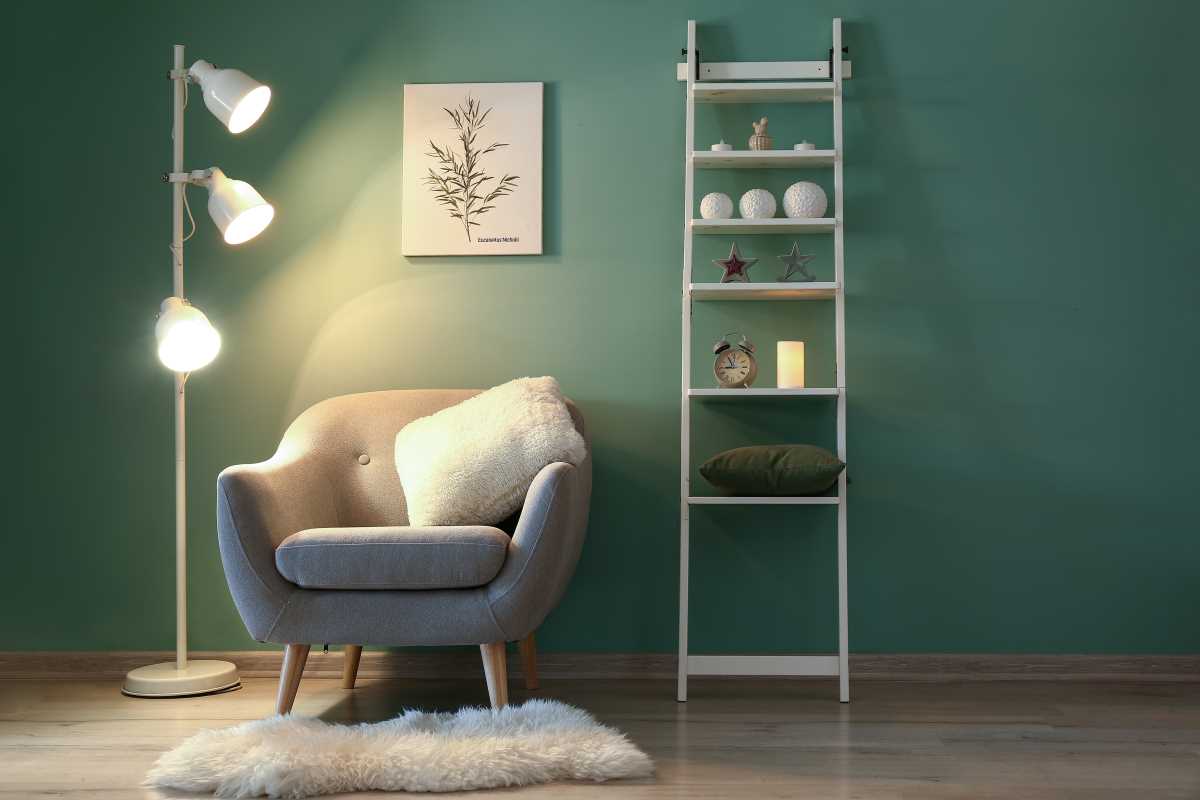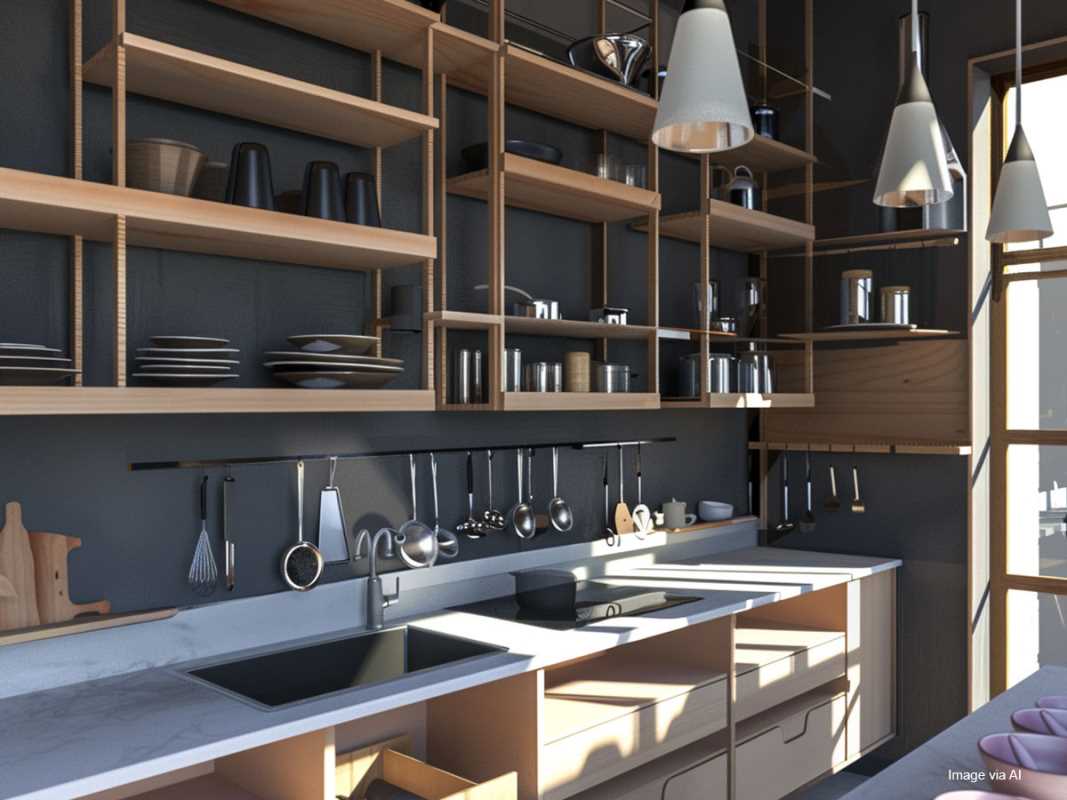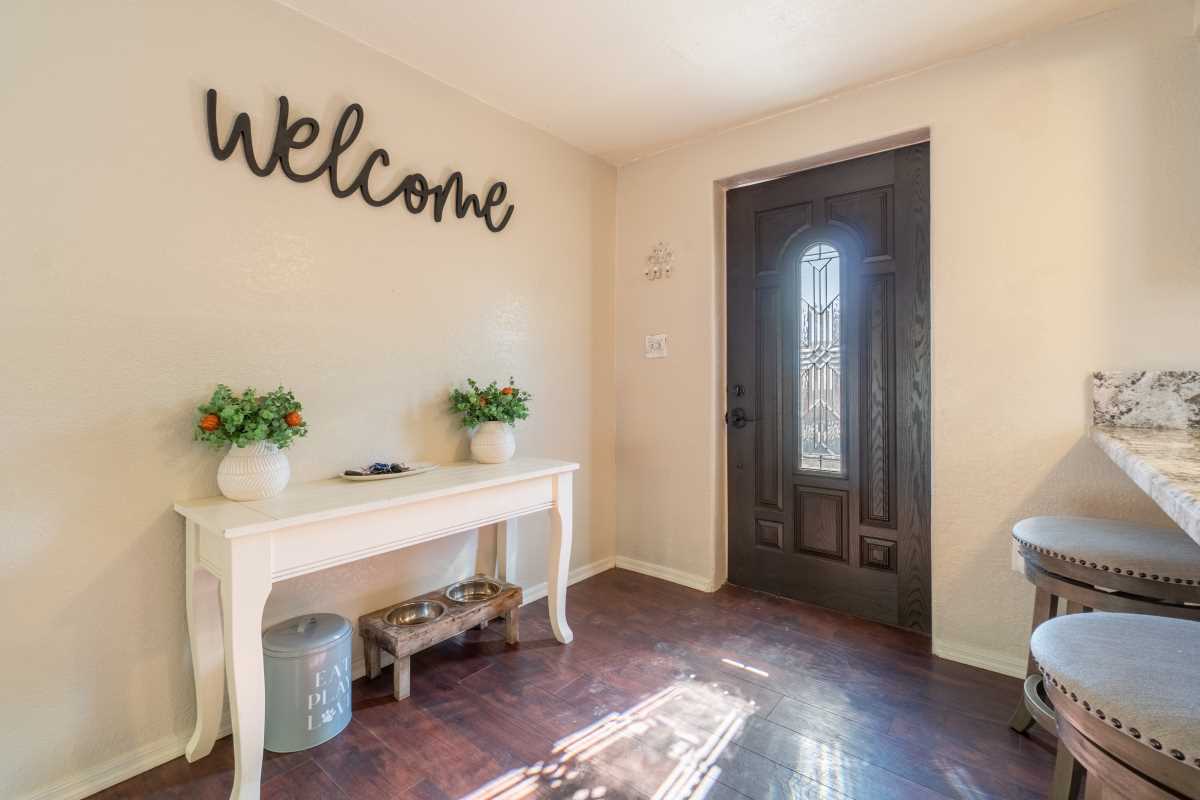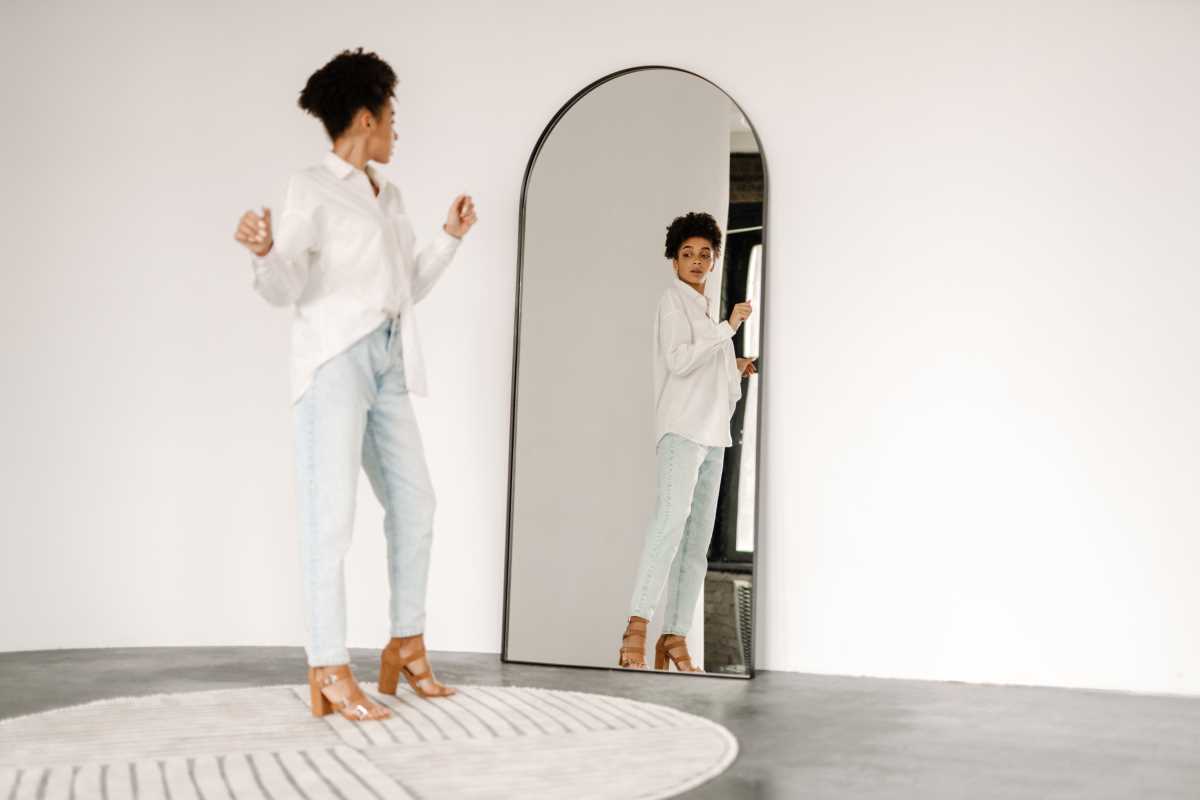When we hear the word "makeover," our minds often jump to reality TV shows where someone gets a dramatic new haircut, a stylish wardrobe, and a fresh face of makeup. We see the dramatic "before" and "after" shots and celebrate the stunning visual change. But a true transformation is rarely just about what’s on the surface. These external changes are often the catalyst for, or the result of, a much deeper internal shift. A transformative makeover goes beyond aesthetics; it can be an emotional, mental, and lifestyle overhaul. It's about shedding old habits, beliefs, and insecurities to step into a more confident and authentic version of yourself. The new look is just the outward expression of an inward journey.
The Psychology of a New Look
Why does changing your appearance have such a profound effect on your inner self? The concept is linked to a psychological idea called "enclothed cognition." This theory suggests that the clothes we wear don't just affect how others see us; they change how we see ourselves. When you put on an outfit that makes you feel powerful, competent, or creative, you are more likely to embody those qualities. A sharp blazer might make you feel more authoritative in a presentation. A comfortable, well-fitting set of workout clothes might motivate you to push harder at the gym.
A physical makeover works on the same principle. A new haircut that you love can make you feel more confident and adventurous. Learning how to apply makeup in a way that highlights your favorite features can be an act of self-care and artistic expression. These changes are not about hiding who you are; they're about presenting a version of yourself to the world that feels more aligned with who you want to be. This alignment between your inner self and your outer appearance can create a powerful boost in self-esteem. It’s a signal to yourself and to others that you are entering a new chapter, and it can give you the courage to make other positive changes in your life.
More Than a Haircut: The Lifestyle Overhaul
A true transformation often involves a complete overhaul of one's daily habits and routines. This is where a makeover moves from a single event to an ongoing process of self-improvement. It starts with recognizing that your environment and your habits have a huge impact on your mental and physical well-being.
One of the most common areas for a lifestyle makeover is health and wellness. This isn't about chasing a certain body type; it's about feeling strong, energetic, and healthy in your own skin. This transformation might start with small, manageable changes. Instead of a drastic diet, it could be about learning to cook nutritious, flavorful meals. It might involve finding a form of movement that you genuinely enjoy, whether it's dancing, hiking, yoga, or lifting weights. The goal is to build sustainable habits that make you feel good from the inside out. When you fuel your body with good food and move it regularly, you'll notice improvements not just in your physical appearance but also in your mood, your energy levels, and your mental clarity.
Another key component is transforming your personal space. Your home environment can have a massive impact on your mental state. A cluttered, disorganized space can contribute to feelings of stress and overwhelm. A home makeover, therefore, isn't just about new furniture or paint colors. It's about creating a sanctuary that supports your well-being. This could mean decluttering your closet, organizing your workspace for better focus, or creating a cozy reading nook where you can relax. By taking control of your physical environment, you create a sense of order and peace that extends to your inner world.
Clearing Out the Mental Clutter
Perhaps the most significant and challenging aspect of a transformative makeover is the internal work. You can change your clothes, your home, and your habits, but if you don't address your mindset, the changes are unlikely to last. A mental makeover involves clearing out the negative self-talk, limiting beliefs, and old insecurities that have been holding you back.
This process often begins with self-reflection. It means taking an honest look at your thought patterns. Do you have a harsh inner critic that tells you you're not good enough? Do you hold onto past failures and let them define your future? Becoming aware of these patterns is the first step toward changing them. Many people find practices like journaling, meditation, or mindfulness helpful in this process. These tools help you observe your thoughts without judgment, creating a space between you and your negative self-talk.
A mental makeover can also involve learning new skills or pursuing new interests. Stepping out of your comfort zone and challenging yourself—whether it's by taking a public speaking class, learning a new language, or picking up a musical instrument—builds confidence in a very real way. It proves to you that you are capable of growth and that you can handle challenges. Each small success rewrites the old narrative that you aren't capable or smart enough. Over time, you build a new identity based on resilience, curiosity, and a willingness to learn.
The Ripple Effect of Transformation
When you undergo a significant personal transformation, the effects are not limited to you. Your newfound confidence and positive outlook can have a powerful ripple effect on those around you. Your relationships may change as you learn to set healthier boundaries and communicate your needs more clearly. You may find that you have less tolerance for negativity and that you gravitate toward people who support your growth.
Your professional life can also be transformed. The confidence gained from a makeover can empower you to ask for a promotion, start your own business, or pursue a career path that you are truly passionate about. When you feel good about yourself, you project an energy that makes others see you as more competent and capable.
 (Image via
(Image via





